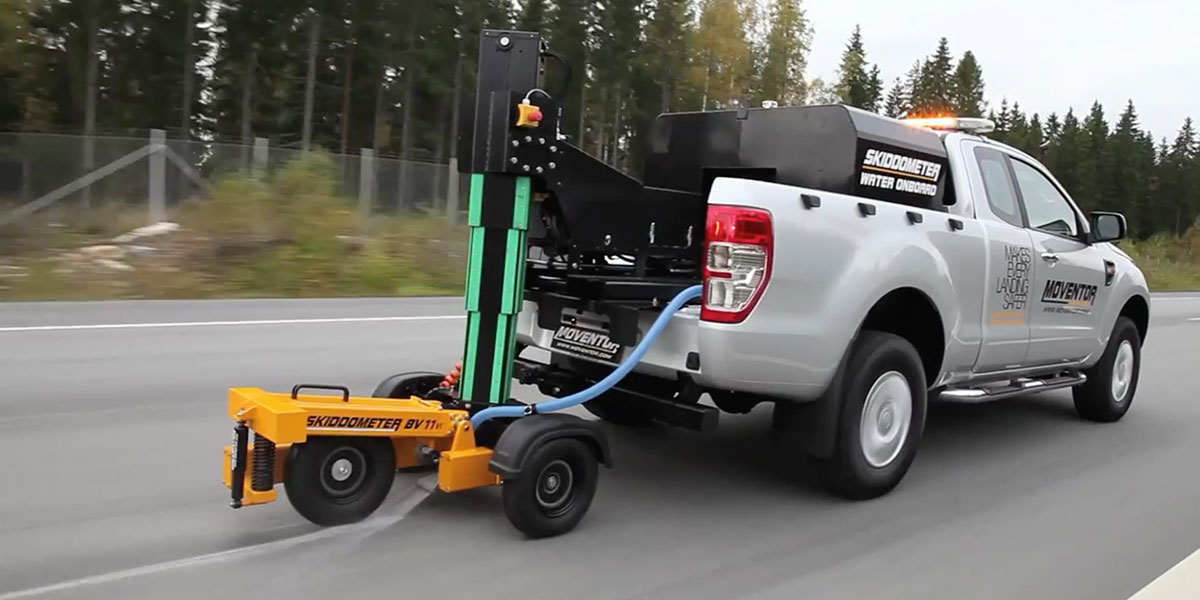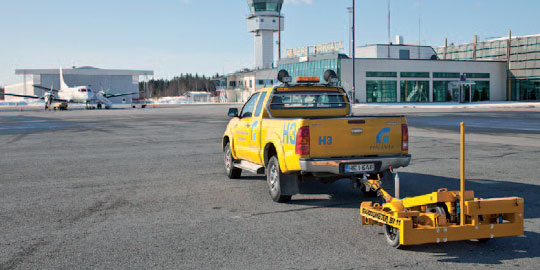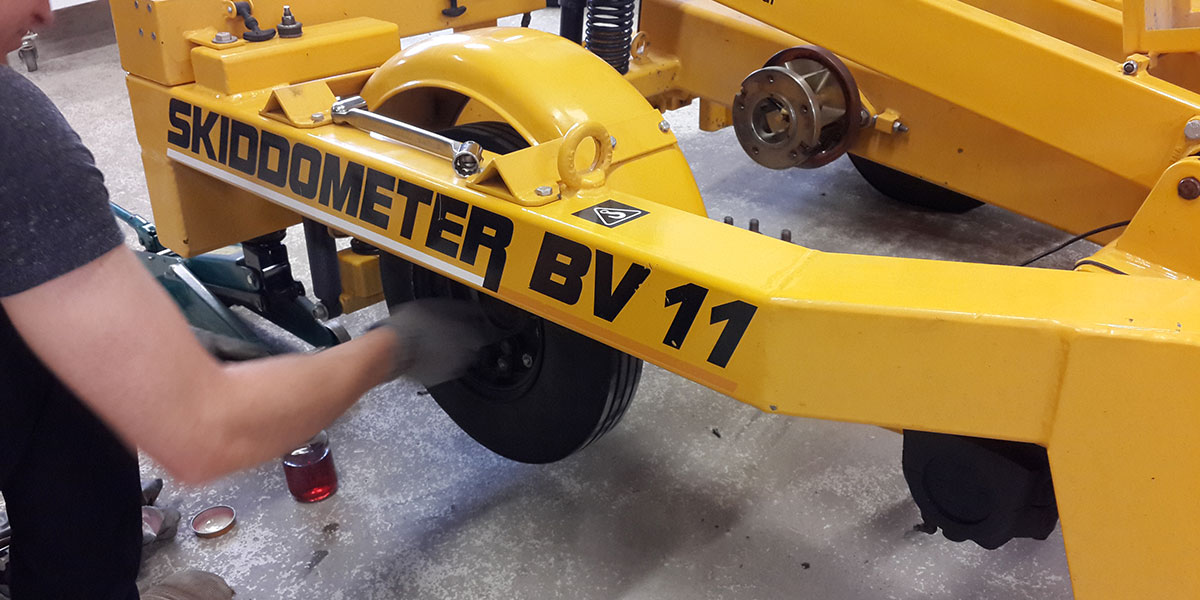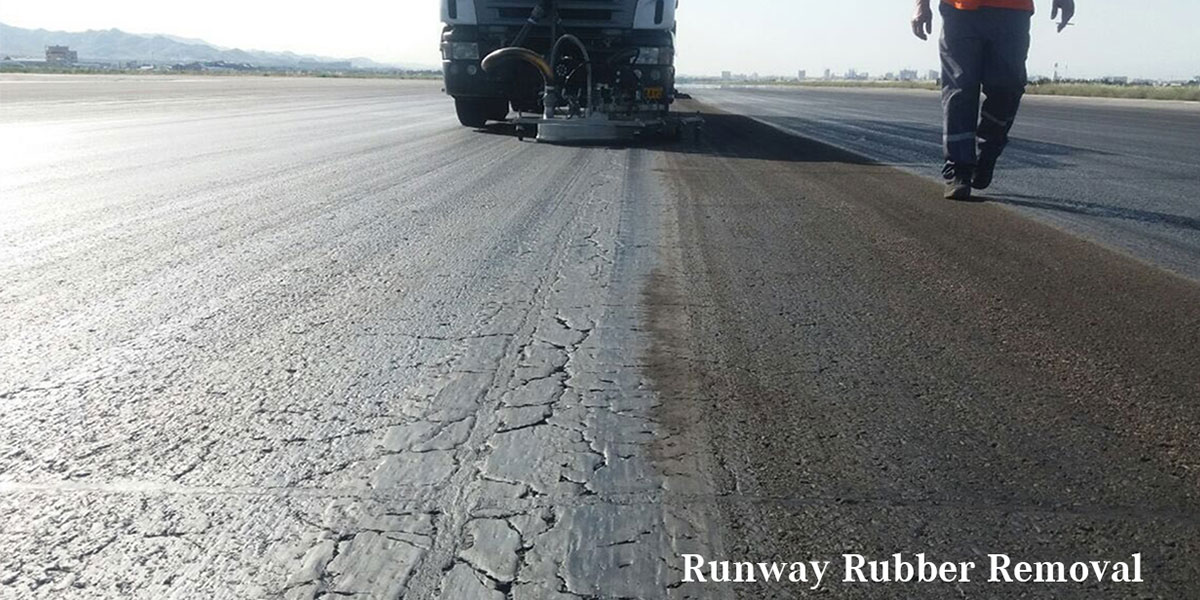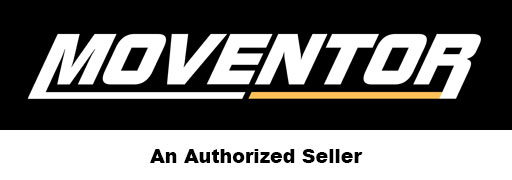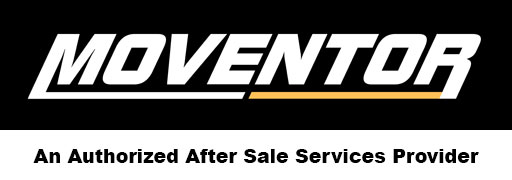Runway Calibration
Equipment | Service | Hire
Skiddometer is used for checking the runway surface condition and “rubber build-ups” (Runway Calibration), i.e. measuring wet friction at a water depth of 1 mm. This measurement is based on recommendations of the International Civil Aviation Organization (ICAO), the Federal Aviation Administration (FAA), and ASTM standard E 1960 – 98. Since wet pavement always yields the lowest friction measurements, Skiddometer BV11 should routinely be used on wet pavement which gives the ”worst case” condition.
Operational Friction Measuring
Equipment | Hire
Operational measure is when the meteorological service expect ice or snow. Hourly reports as a minimum and certainly whenever there is reason to believe there has been change in the runway state. (A decelerometer or a diagonal braked vehicle should not be used in deep loose snow or slush as each can give misleading friction values)
Skiddometer Maintenance
Annual Calibration | Overhaul | Maintenance
Professional annual service of products is vital to ensure reliability, safety, cost efficiency and smooth operations. Product services and inspections performed by Moventor certified service engineers guarantee customers operational certainty.
Friction maintenance program schedule based on level of turbo-jet aeroplane operations for each runway end
| Daily turbo-jet aeroplane landings for runway end [H] | Annual aeroplane mass for runway end (million kg) [K] | Minimum friction survey frequency [M] | Minimum rubber removal frequency [N] |
|---|---|---|---|
| Less than 15 | Less than 447 | Once per year | Once every 2 years | 16 to 30 | 448 to 838 | Once every 6 months | Once every year | 31 to 90 | 839 to 2404 | Once every 3 months | Once every 6 months | 91 to 150 | 2405 to 3969 | Once every month | Once every 4 months | 151 to 210 | 3970 to 5535 | Once every 2 weeks | Once every 3 months | Greater than 210 | Greater than 5535 | Once every week | Once every 2 months |
Notes:
1. Airports that exceed 31daily turbo-jet aeroplane landings are more critical with respect to friction deterioration caused by rubber accumulation due to increased aeroplane activity.
2. In addition to daily turbo-jet aeroplane landings for runway ends, other factors should be considered by the airport operator when determining rubber removal, such as the type and age of pavement, annual climate conditions, time of year, number of wide-body aeroplanes that operate on the runways, and length of runways.
3. Reference columns [H] and [K]: After calculating [H] and [K], the airport operator should select the column which has the higher value and then select the appropriate values in columns [M] and [N].
Plan Runway Rubber Deposit Removal Due to Friction Report of Runways
Waterblasting
Runway Rubber Deposit Removal
OPAL serving Runway Rubber Deposit Removal service by the innovative waterblasting equipment.
OPAL Waterblasting System uses needle sharp water jets to quickly do these tasks with the least amount of impact to the surface. The operation can delivers up to 2600 m²/h depending to the job. Experienced staff and full equipped truck make a reliable service on airfields.




